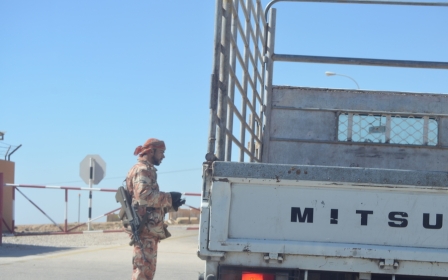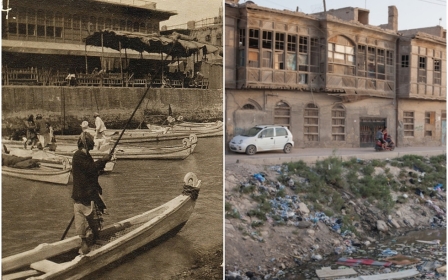Oman's lost heritage: The ruins of Salalah's old waterfront
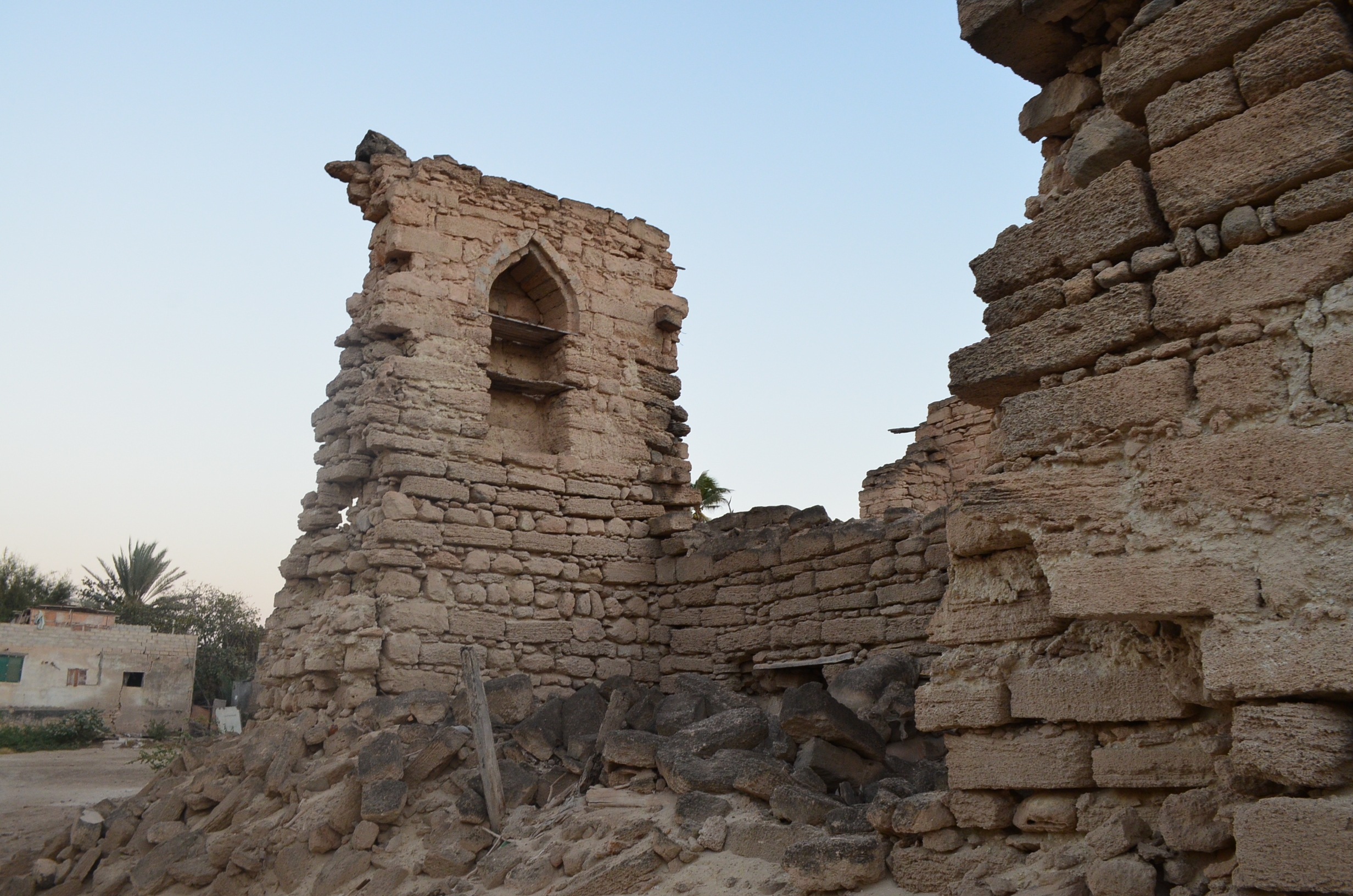
Progress is inevitable, they say. But what price does it come at? Oman has developed rapidly in recent decades, and the government has tried to find ways to convince communities that change will benefit them.
In 2015, change - and destruction - came to the old waterfront of Salalah in southern Oman. It was all part of a plan to create a new tourist hub along the attractive beachfront.
But there was a catch. The development required the demolition of the old Hafa waterfront, where merchants and fishing families had lived for generations, and many of whom were not at all keen on giving up their homes.
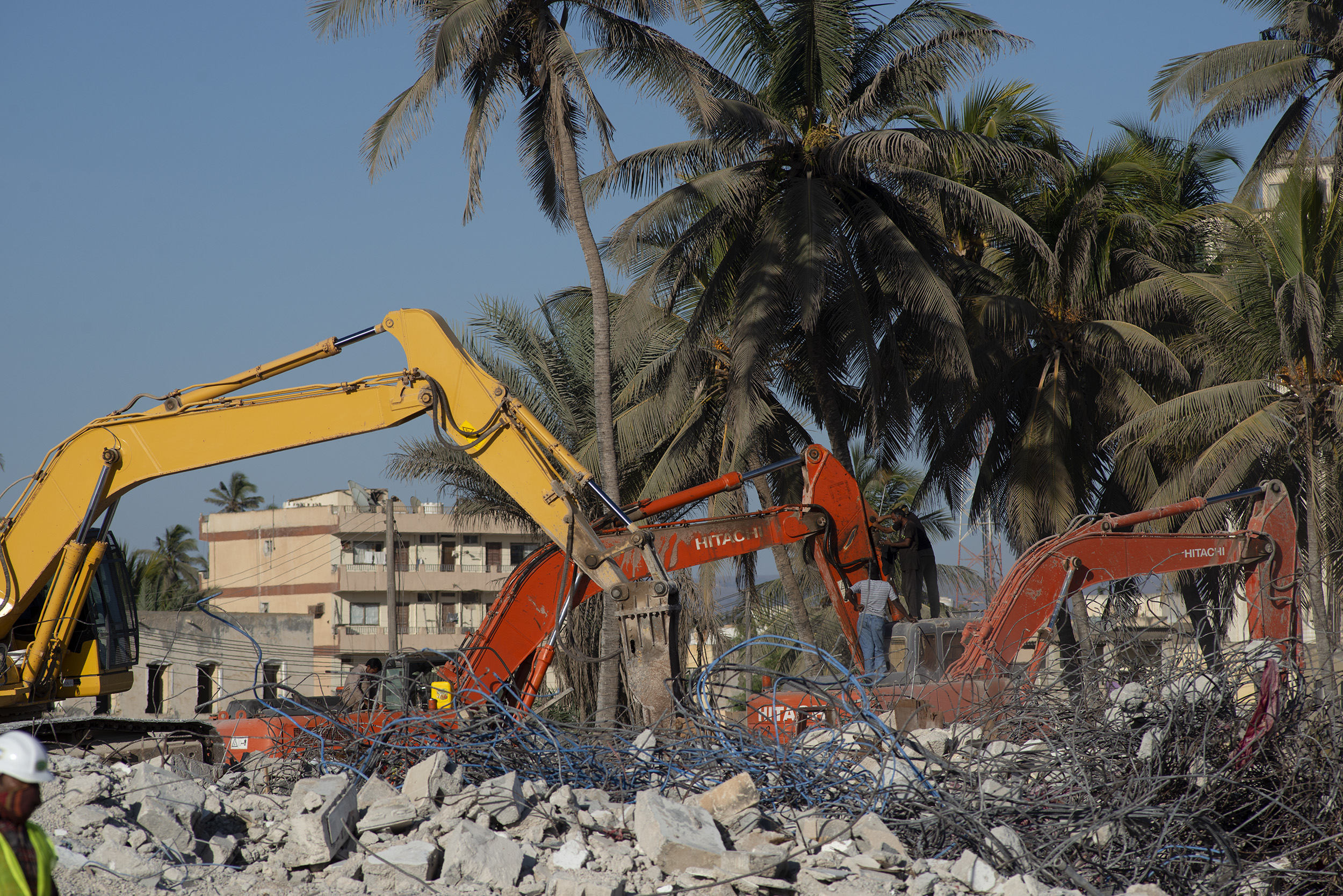
The first phase of the development saw the demolition of a large stretch of waterfront homes in 2015, which sparked significant resentment among some locals in Salalah.
Stay informed with MEE's newsletters
Sign up to get the latest alerts, insights and analysis, starting with Turkey Unpacked
During a visit last year, Middle East Eye saw what remained of the demolished Hafa waterfront, a group of buildings now in ruins and fenced off from the road and beach.
"Until now, the government has tried to take over the Hafa area and the beach for redevelopment," said Sayyid, a local tourist guide, speaking to MEE. "They will build hotels and villas, and rent out historical houses."
Since then, a number of luxury developments and hotels have been constructed, but it has not been without problems.
Sayyid said many of the local families, including those who ran businesses in the old Hafa souq, were not prepared to sell up.
"The government called my father and said please come and sign to sell your house." His father owns a property in the old town.
The government has offered locals money and land in another location in exchange for their property, he said. The entire old town is designated to be part of the tourist development.
"They think old people are stupid," said Sayyid.
A government official called his elderly father in 2016 asking him to sell his property in the souq.
Sayyid said his brother came to the phone and said: "'We are responsible for my father, if you want to talk, talk to us.' Now for two years they don't call us."
"Our house is a business house. We can rent it out for 5,000 or 6,000 riyal a year. They offered us 100,000 [to buy it]. They should compensate us much more."
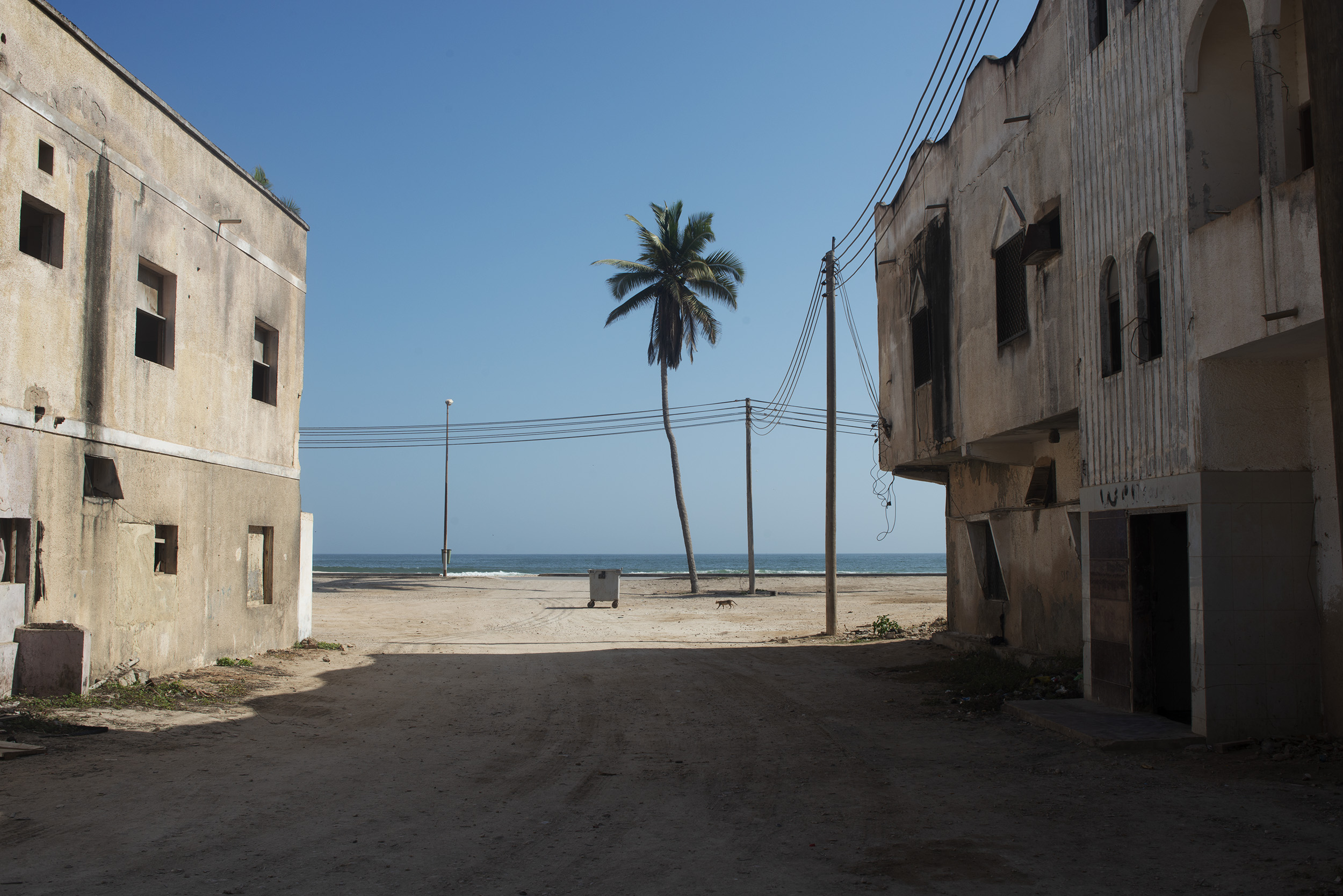
Sayyid said the house was a special gift from the mother of Oman's ruler Sultan Qaboos to the family, from the time when the future ruler lived in Salalah before he succeeded his father in 1970. MEE cannot independently verify this.
The centrepiece of the Al Hafa Waterfront project, which is supposed to cover the entire 4.5km of Indian Ocean shoreline, is a 120,000 sq metre "Heritage Village". This development is supposed to showcase "the rich maritime and cultural heritage of Salalah," according to the publicity website.
However, what kind of heritage will remain if the old souq of Hafa, which has existed for centuries, has to be demolished? For Sayyid, the project has nothing to do with what locals want, and those that are holding out against selling won't easily be dislodged.
A seasoned Oman photographer, Jerzy Wierzbicki, returned to Hafa in November and told MEE: "The souq is still fine. But I saw that the waterfront buildings were razed to the ground."
These images, then, are all that remain of the destroyed old waterfront of Hafa.
This article is available in French on Middle East Eye French edition.
Middle East Eye delivers independent and unrivalled coverage and analysis of the Middle East, North Africa and beyond. To learn more about republishing this content and the associated fees, please fill out this form. More about MEE can be found here.


